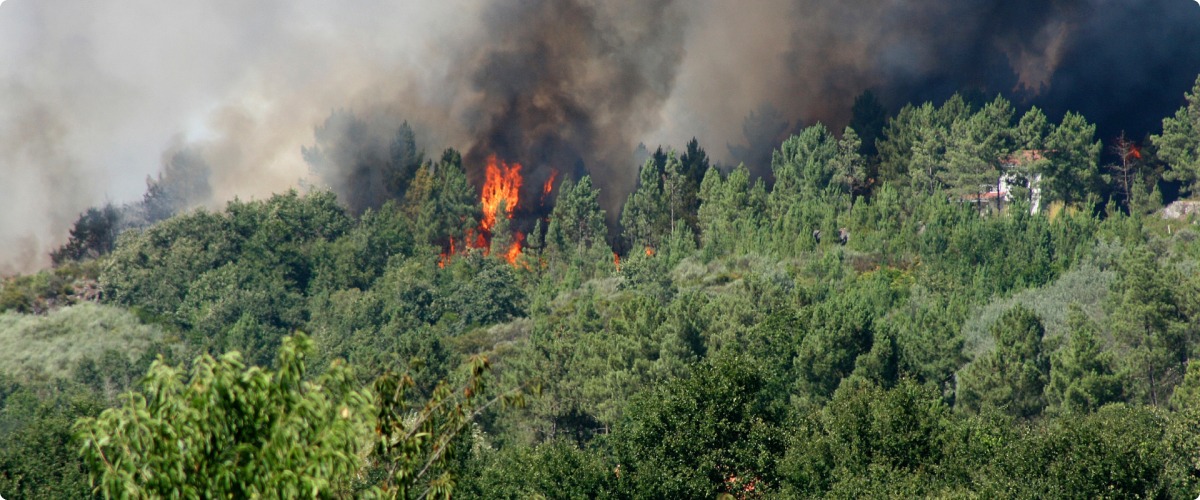The Role of Drones in Forest Fire Detection and Control
Forest fires pose a significant threat to ecosystems, wildlife, and human settlements. Traditional methods of detecting and controlling wildfires are often limited by accessibility, response time, and human risk. In recent years, drones have emerged as a revolutionary technology in wildfire management, offering rapid detection, real-time monitoring, and efficient suppression strategies.
Early
Detection and Monitoring
Drones
equipped with advanced sensors and cameras can detect fires at their initial
stages, significantly reducing the response time. Infrared and thermal imaging
cameras allow drones to identify heat signatures even before visible flames
appear. This capability is crucial in remote and dense forest areas where
conventional monitoring methods fall short.
Real-time
Data Collection and Analysis
Drones
provide real-time aerial surveillance, helping firefighters and emergency
response teams understand the fire’s behavior, spread patterns, and intensity.
By collecting and transmitting live data, drones enable authorities to make
informed decisions and deploy resources more effectively. AI-powered analysis
of drone footage can also predict fire progression and suggest optimal
containment strategies.
Safe
and Cost-Effective Firefighting
Deploying
drones in wildfire management reduces risks to human firefighters by allowing
them to assess the situation before entering hazardous zones. Fire suppression
drones can carry and drop fire retardants, water, or other extinguishing agents
to contain fires in inaccessible areas. Compared to helicopters and aircraft,
drones are more cost-effective, require less maintenance, and can be deployed
swiftly without putting human lives at risk.
Enhancing
Coordination with Firefighters
Drones
can serve as communication relays, providing continuous connectivity between
ground teams and command centers. Equipped with GPS and mapping software,
drones generate high-resolution maps of affected areas, improving coordination
and response strategies.
Post-Fire
Damage Assessment and Recovery
After
a wildfire, drones play a critical role in assessing damage, identifying
affected flora and fauna, and planning reforestation efforts. High-resolution
imagery from drones helps in evaluating environmental impact and guiding
rehabilitation efforts efficiently.
Conclusion
Drones
are transforming forest fire detection and control by improving early warning
systems, enhancing firefighting capabilities, and ensuring better post-fire
recovery. As technology continues to evolve, integrating drones with artificial
intelligence and automated firefighting systems will further revolutionize
wildfire management. Investing in drone-based solutions can help minimize
destruction, save lives, and protect forests for future generations.
.png)






Leave a Comment
Your email address will not be published. Required fields are marked *